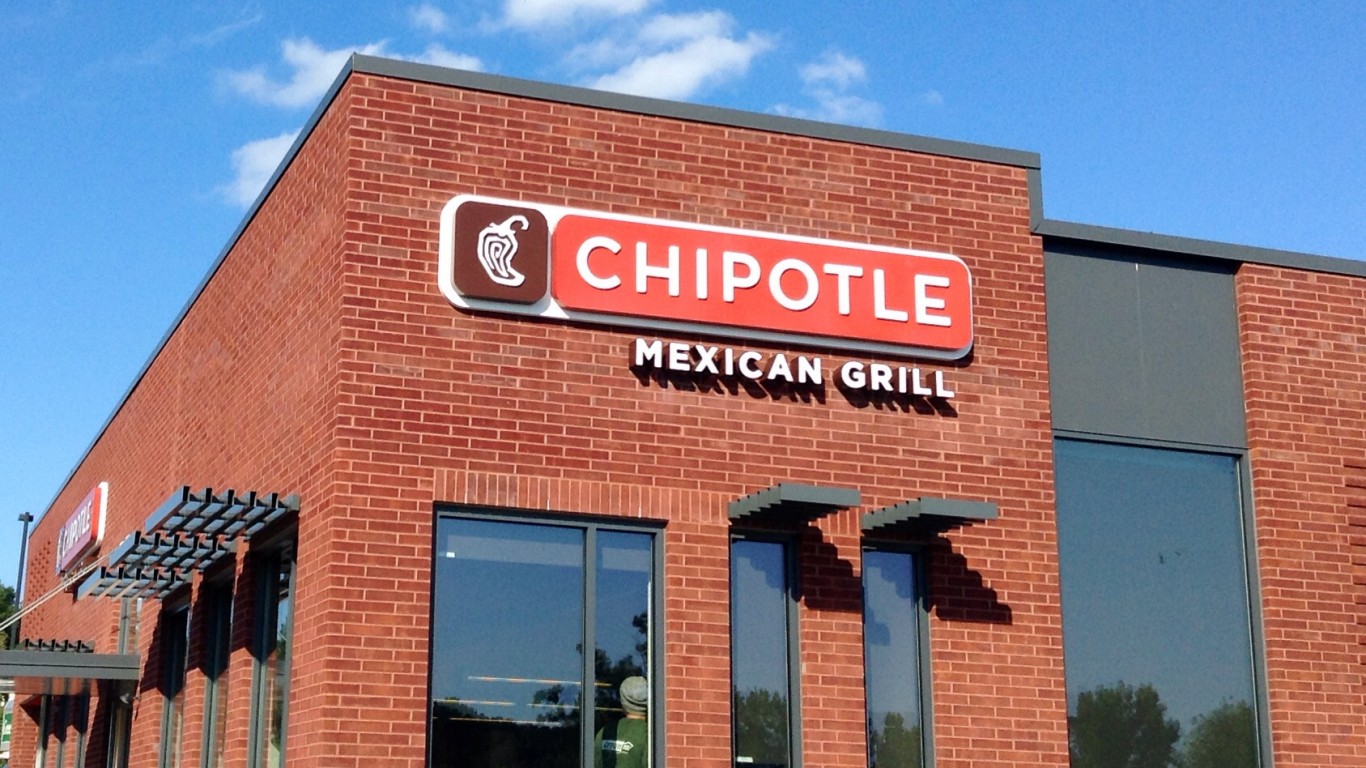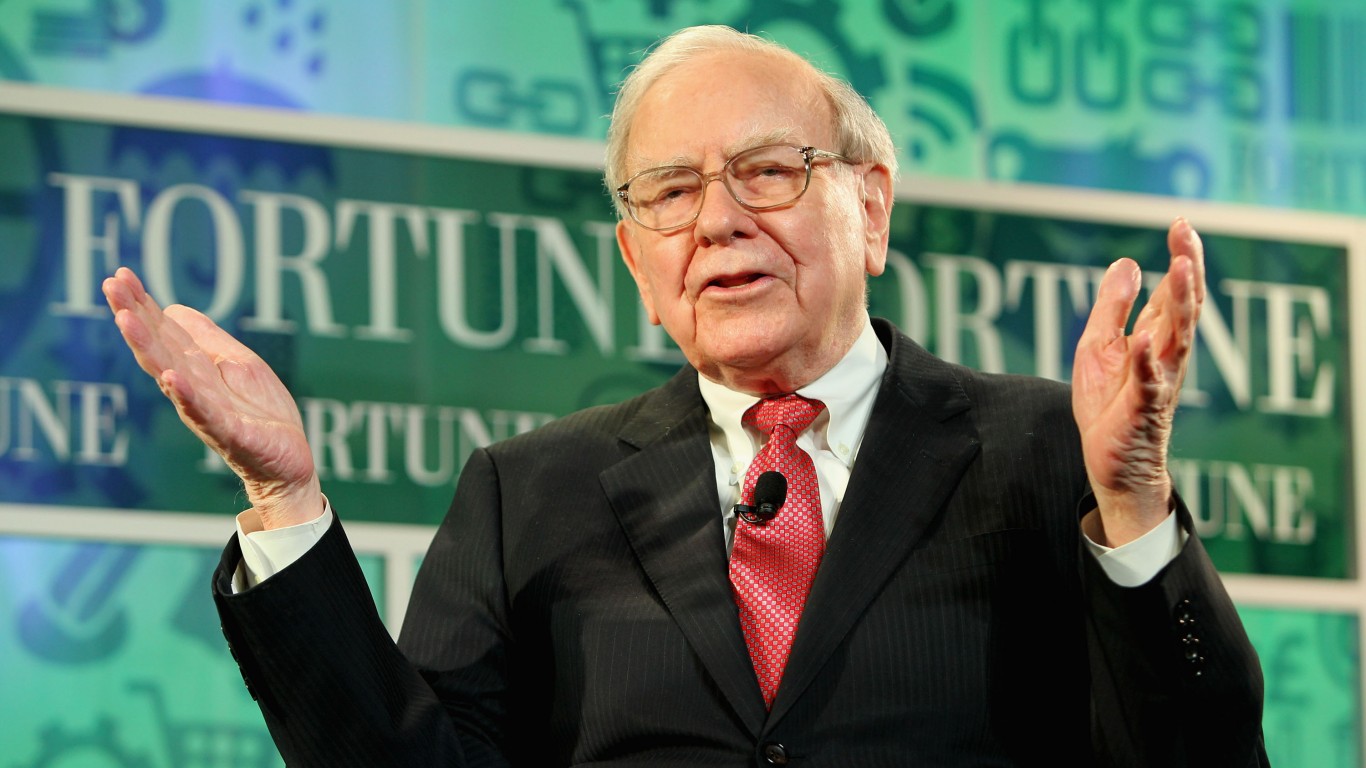
The Dow Jones industrial average has risen by more than 20% in 2019. Of the 10 most heavily weighted shares in the index, four were also among the five top performers for the full year, and two were among the five poorest performers. The 10 most heavily weighted stocks account for 53% of the price-weighted Dow.
The S&P 500 Index is up by about 26.5% for the year, while the Nasdaq Composite is up by more than 31%. About half the gain went to make up for the major dive the markets suffered in the last half of 2018, a drop that bottomed out in mid-December.
The tech sector was the year’s best performer, while energy was the worst. No surprise, then, that two tech stocks sit atop the ranking of the Dow’s best performers and one energy stock is among the worst. The financial sector trailed well behind tech but was the second-best performer for the year, and two of the top five stocks come from this sector.
These five stocks were the Dow’s best performers this year.
United Technologies
Late last year, United Technologies Inc. (NYSE: UTX) announced that it would split its business into three pieces: an aerospace and defense firm, an elevator company and a building systems firm. That split, now expected to be completed in the first half of 2020, was accompanied by an announcement of a merger with defense contractor Raytheon that is also expected to close once the breakup is confirmed. Investors like everything about that, apparently. UTC shares are up about 41% with just a day left in the year. Trading at around $150 a share on Monday, and with a consensus price target of nearly $161, the implied upside for the next 12 months is 6.7%.
JPMorgan
As a group, financial stocks posted a gain of around 30% in 2019, and JPMorgan Chase & Co. (NYSE: JPM), the biggest of the country’s big banks, is one of two stocks to make the top five. Like other banks, JPMorgan offset low interest rates by lending more. Share buybacks also have boosted returns and kept investors happy. The stock traded at around $139, with a consensus price target of just under $128, indicating the shares might be overvalued.
Visa
American consumers just keep spending, taking advantage of both low unemployment and modestly higher incomes. And what they can’t pay cash for, they pay for with credit cards, and that has been good news for Visa Inc. (NYSE: V), JPMorgan and all their competitors. As of last week, the Dow Jones financials index had risen by more than 30% for the year to date, compared to an increase of 26.3% for the Dow 30. Visa has added 43.5% for the year to date, and if analysts are correct, it has a bit of headroom left. Shares traded Monday at around $188, with a price target of $203, yielding an implied upside of about 8%.
Microsoft
The Dow’s U.S. technology index has jumped by nearly 47% in 2019, and Microsoft Corp. (NASDAQ: MSFT) was one of two big reasons for the increase. The company’s cloud services business, consumer products business and Windows OEM business are all growing, with the company’s intelligent cloud revenue up by 27% in the most recent quarter. Amazingly, perhaps, there still remains a glimmer of implied upside at the stock’s current price of around $158, compared with a price target of $163.
Apple
Apple Inc. (NASDAQ: AAPL) stock has risen by an incredible 84% or so this year, and according to Loup Venture analyst Gene Munster, there’s plenty more where that came from. Munster cites easy iPhone comparable sales numbers for the next four quarters, continuing growth in Apple Watch sales, five new iPhone models coming next year, the introduction of 5G technology on iPhone, and “a proper tech multiple.” Munster puts Apple’s fair value at between $350 and $400, compared to a current share price of around $292. That’s an implied upside of 20% to around 37%.
The Dow’s worst performers last year included two industrials, one health care company and one retailer, along with the already mentioned energy company. Here are the five worst-performing Dow stocks in 2019.
Exxon Mobil
The Dow Jones U.S. oil and gas index has gained 5.62% in 2019, more than twice as much as has Exxon Mobil Corp. (NYSE: XOM) stock, with its gain of about 2.5%. There’s no secret about this: low crude oil prices, high extraction costs and, most troublesome and therefore the most likely to threaten the industry for a long time, declining demand for hydrocarbons. The stock trades at around $70, about $8.50 below its price target of $78.47, for an implied upside of 12.1%. 2020 could be better, with production beginning at the company’s fields offshore of Guyana and production in the Permian basin ramping up.
Boeing
The amazing thing about Boeing Co.’s (NYSE: BA) year is that even though the company hasn’t sold a single 737 Max passenger jet since mid-April, and it continues to rack up what are sure to be hefty compensation claims from customers, the stock has actually added about 2.4% since the beginning of the year. That’s more a function of Boeing being one of only two airplane makers in the world that can build commercial passenger jets than it is an indicator of anything else. Customers who may want to cancel orders for the popular Boeing planes put themselves at the end of the queue at Airbus, which already has a four-year backlog. The implied upside the Boeing price target of $366.40, based on Monday’s trading price of around $327, is about 10.7%.
3M
3M Co. (NYSE: MMM) stock has dropped about 7% in 2019, partly due to negative effects from the trade war with China that resulted in earnings misses. Then came the lawsuits related to chemical products the company made in the last half of the 20th century, for which 3M has already taken a $325 million litigation charge. That doesn’t include personal liabilities, which could run into the tens of billions. The stock is trading at about $5 above its price target of $171.44.
Pfizer
The company announced in July that it planned to spin off its Upjohn generic drug unit into a merger with Mylan into a new company called Viatris. Shares dropped about $9.00 over the next six weeks to around $34.00. Only some of that has been recovered. A lot depends on Pfizer’s pipeline of new drugs. As things stand now, the company’s price target is about $2.50 above its current trading price of $39.00. Shares traded at more than $43 before the Upjohn announcement. For the full year, Pfizer Inc. (NYSE: PFE) stock is down 9.9%.
Walgreens
The Dow’s worst-performing stock this year traded down about 14%. Following an initial jolt when it was added to the Dow 30 in June 2018 (replacing GE), Walgreens Boots Alliance Inc. (NYSE: WBA) stock sank below $50 in May and remains mired below $60 as 2019 comes to a close. Amazon has made some moves that threaten the pharmacy business, and rumored discussions for a buyout from KKR went nowhere. At around $59, the shares traded about $2.00 above the 12-month consensus price target of $57.11.
Credit card companies are handing out rewards and benefits to win the best customers. A good cash back card can be worth thousands of dollars a year in free money, not to mention other perks like travel, insurance, and access to fancy lounges. See our top picks for the best credit cards today. You won’t want to miss some of these offers.
Flywheel Publishing has partnered with CardRatings for our coverage of credit card products. Flywheel Publishing and CardRatings may receive a commission from card issuers.
Thank you for reading! Have some feedback for us?
Contact the 24/7 Wall St. editorial team.
 24/7 Wall St.
24/7 Wall St. 24/7 Wall St.
24/7 Wall St.


